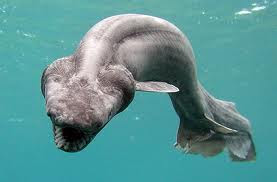
Elk tracks are longer and more robust than those of deer. Scat is similar to deer scat, but much larger. It can be ¾ inch long. Elk also leave distinctive wallows where they dig into the ground with their hooves and antlers and wallow in the dirt.

During rutting season, elk will tear apart shrubs and saplings with their antlers. They also rub their antlers on small trees to remove the velvet. The antlers branch off from a main beam that can be up to five feet long. An adult bull can weigh over 1000 pounds. They feed on plants, leaves, bark, grasses, grains, and also eat lichen. In winter, they eat buds, bark, and twigs.

Despite their large size, bulls can run 35 miles per hour. Both bulls and cows are good swimmers.
Elk are active at dusk and dawn and are frequently seen feeding in prairies during the day. Elk can also be nocturnal. They inhabit woods and pastures.
The rutting season occurs from August until November. During this time, the bulls join the cows in a herd. They are the most polygamous member of the deer family in America. A bull can collect a harem of up to 60 cows. In the fall, rutting bulls bugle or whistle as a challenge to other bulls. The whistle can carry for long distances.








